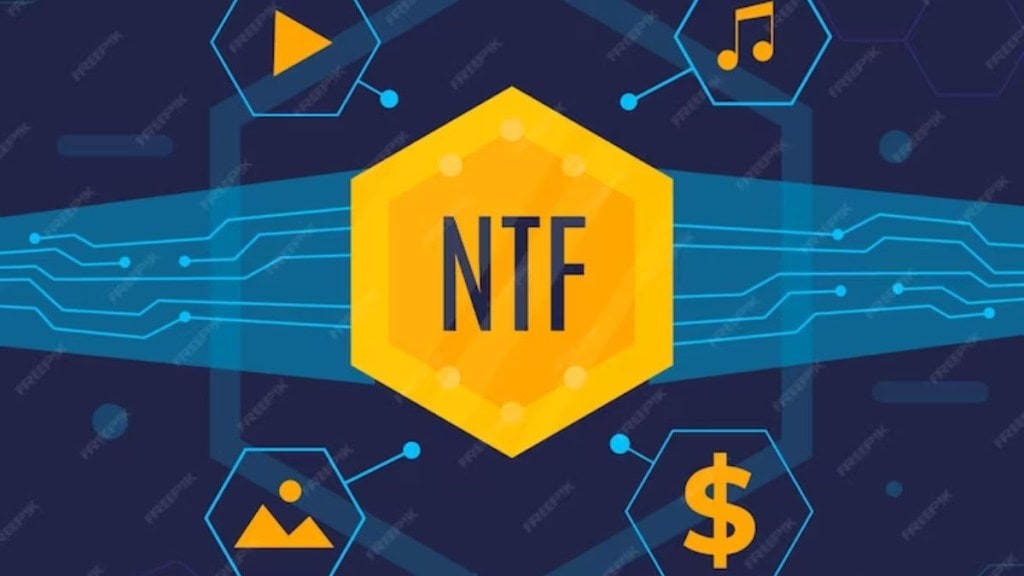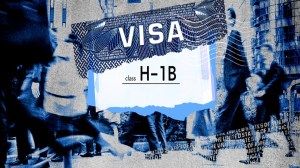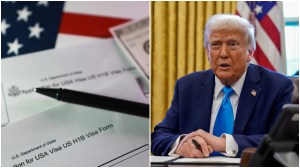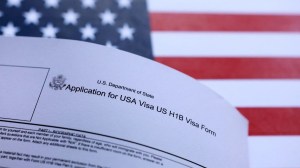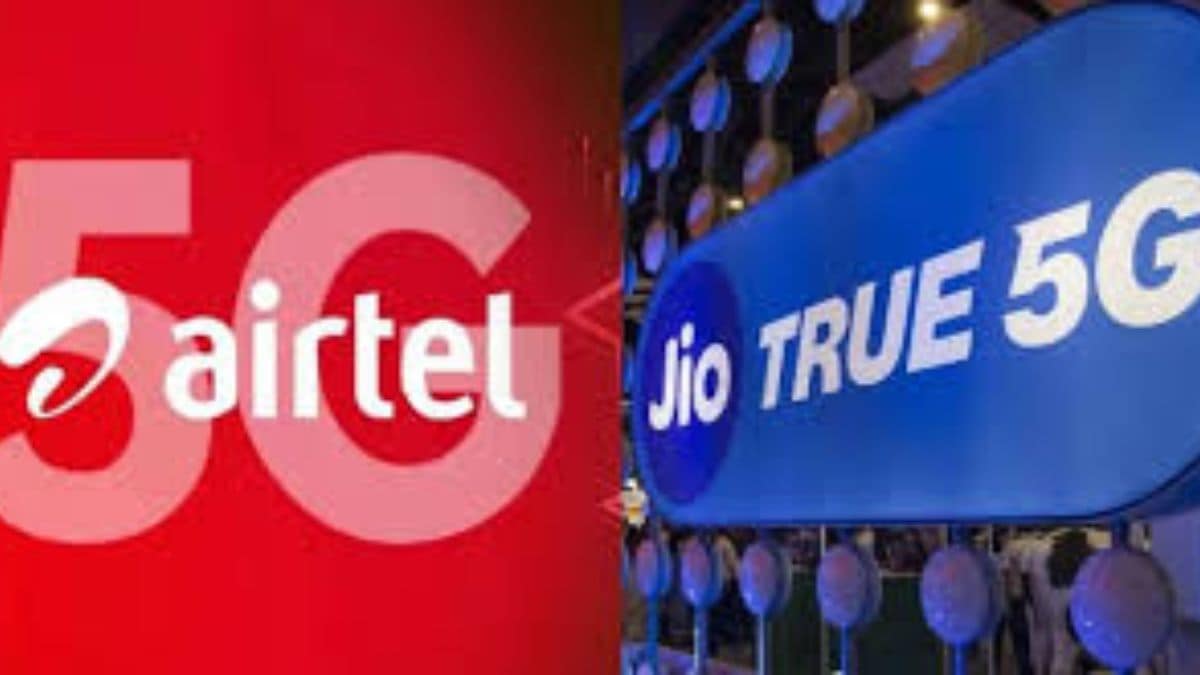By Ravi Chamria
For most of human history, borders and geography have played decisive roles in restricting access and participation in creative pursuits, economic advancement, investment opportunities, academia, and more. Those fortunate enough to be born in certain privileged nations with great socioeconomic backgrounds, too, faced some limitations. However, radically democratizing technologies have the potential to erode such divides. NFTs powered by Blockchains are one such.
NFTs are Redefining Artistic and Creative Boundaries Globally
We have social media, and we have digitized everything before, also. If you are an artist, you could have reached a global audience already on social media. They can see your artwork; the digital version/photocopy may be on Instagram/ Twitter. What they were – your followers/fans are the only ones who can see what you have created, but you can’t sell them anything digital directly without raising eyebrows on whether that copy is authentic or just a copy.
I made my point. That’s where NFTs come into the picture when you talk about redefining the artistic or creative boundaries globally. So, NFTs increase boundaries by adding verifiable ownership rights to your existing digital works. NFTs allow creators to sell their work directly to their audience without intermediaries such as record labels, galleries, or publishing houses. This means that artists, musicians, and other creatives can earn more money from their work and have more control over the distribution and pricing of their content. Additional revenue stream beyond physical art sales and geography constraints.
Another significant industry to benefit from NFTs is the music industry. Musicians can use NFTs to sell their music to their fans, cutting out mediators and earning more money. NFTs allow creators to reach new markets and audiences beyond their local or traditional fanbase. Digital content can be easily shared and accessed worldwide, meaning creators can potentially earn money from a global audience.
It opens up more options for you. It is not the first sale only; you get royalties for each resale as programmed in the NFT contract. The buyer can see who the previous owners were, how long they held it, at what price others bought it, and everything. Artists haven’t experienced this level of transparency on a global scale before.
Another `important aspect is the ease of participation. You are a small artist who doesn’t have much connection, and you will still have access to a global marketplace to list your art.
There’s a broad scope of NFTs in enhancing global accessibility across different economic domains
Now, let’s talk about something beyond art where this accessibility could add economic value to other domains. Real estate is one such sector. We know NFTs are unique, non-fungible, and indivisible. That’s true. But we can make them divisible, for instance, using an ERC1155 contract. This allows the creation of fungible, non-fungible, and sem-fungible assets in one contract. Take an example of a real estate property at a posh location. Everyone might be unable to buy it at their wage; most importantly, if the property is in San Francisco and you live in New Delhi, India, it’s tough. But if that property is tokenized with ERC1155 and an NFT is created for the whole property, then a few hundred fungible tokens are created with it, keeping the NFT locked in the contract. Now, with the fractionalization of the property, the costs are affordable, and the accessibility is global. Plus, you made a traditionally illiquid asset more liquid. The buyer can benefit from the price appreciation and rentals. Now, if the owner wants to buy out his shares, he can transfer his tokens to the contract. If the buyout goes through, the new owner has all rights transferred.
In virtual real estate, like in a Metaverse World, assets are represented as NFTs and have global accessibility. If you perceive that virtual worlds are far from true adoption, you must rethink. One recent report from Gamefam shows that GenZ and Alpha spend 43% more time on Roblox and Fortnite than on social media. NFTs are a great way to be used for ticketing. For example, there is a virtual event of Lady Gaga, who has global fans. Rather than watching on YouTube LIVE, highly effective ticketing could be done using NFTs.
The financial sector could have some suitable applications as well, keeping in mind global accessibility. For example, In 2021, UNICEF launched an NFT collection called “UNICEF Next Gen” on the Ethereum blockchain, allowing digital art to be purchased as NFTs by donors anywhere in the world. This allowed UNICEF to raise funds on a global scale without geographic restrictions. Identity and academic credential management could be two other significant areas where NFTs can enhance accessibility.
The author is co-founder and CEO, Zeeve

